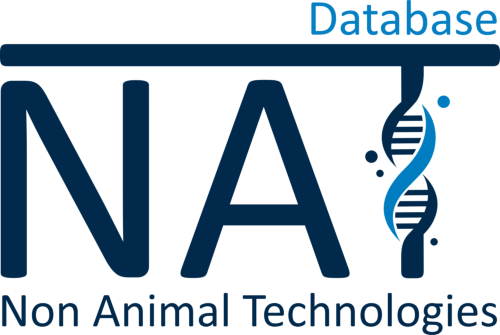A promising anti-tumour drug for ovarian cancer
2022
Cornell University, Ithaca, USA(1)
University of Vienna, Vienna, Austria(2)
University of Vienna, Vienna, Austria(2)
Target identification remains a critical challenge in inorganic drug discovery to deconvolute potential polypharmacology. Herein, the researchers describe an improved approach to prioritize candidate protein targets based on a combination of dose-dependent chemoproteomics and treatment effects in living cancer cells for the rhenium tricarbonyl compound TRIP. Chemoproteomics revealed 89 distinct dose-dependent targets, despite the broad proteotoxic effects of TRIP. Target-response networks revealed two highly probable targets, of which the Fe−S cluster biogenesis factor NUBP2 was competitively saturated by free TRIP at nanomolar concentrations. Consequently, TRIP emerges as a first-in-class modulator of the scaffold protein NUBP2, which disturbs Fe−S cluster biogenesis at sub-cytotoxic concentrations in ovarian cancer cells.
An anticancer rhenium tricarbonyl targets Fe-S cluster biogenesis in ovarian cancer cells
Justin J. Wilson(1), Samuel M. Meier-Menches(2)
Added on: 03-15-2023
[1] https://onlinelibrary.wiley.com/doi/10.1002/anie.202209136[2] https://www.drugtargetreview.com/article/108293/ovarian-cancer-breakthrough-the-potential-of-rhenium-tricarbonyl-trip-as-a-promising-anti-tumour-drug/?utm_source=Email+marketing&utm_medium=email&utm_campaign=DTR+-+Newsletter+6+-+Sartorius+-+16.02.2023&utm_term=What+do+cancer+cells+crave%3f&utm_content=https%3a%2f%2femails.drugtargetreview.com%2frussellpublishinglz%2f&gator_td=lNCcBRb%2f7EBD2k%2bQs6D%2bmoG2FUiKtYPydll5sUAgcdAe6fMjYv%2bfwA60sT9rPsj9Jdn3rcSNcnEa%2fkfPUZA3Rr8tXbH5oLiq59UfvQGcT5hyjRoDcqCJr5QsSzhAw3ylSQlWNAKn17Zz%2baFiAyTU5rHJhr12lVPCp97VcNo1vtJ37WzVZGE4nlqkIwlh%2bQP8m0ST0Y7J8FxbFzGAFysRsRSPc3HV1Ba36kCaQEsy924%3d





